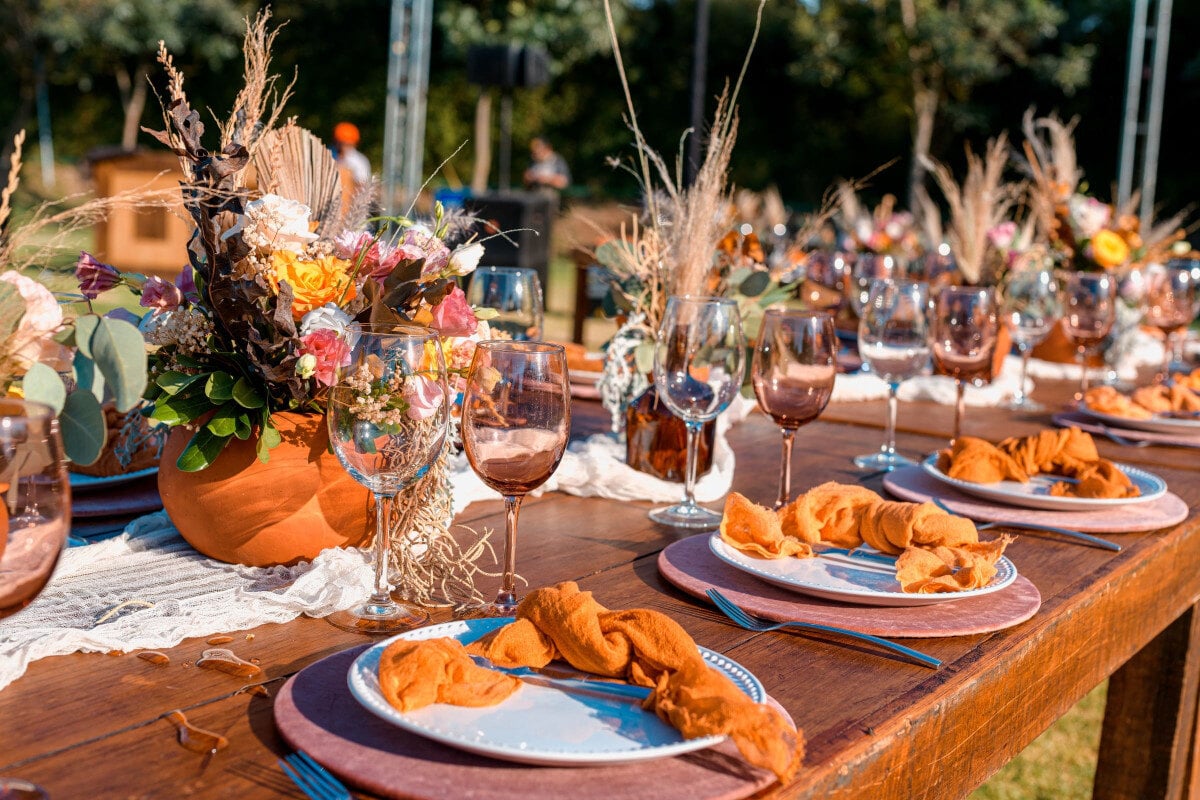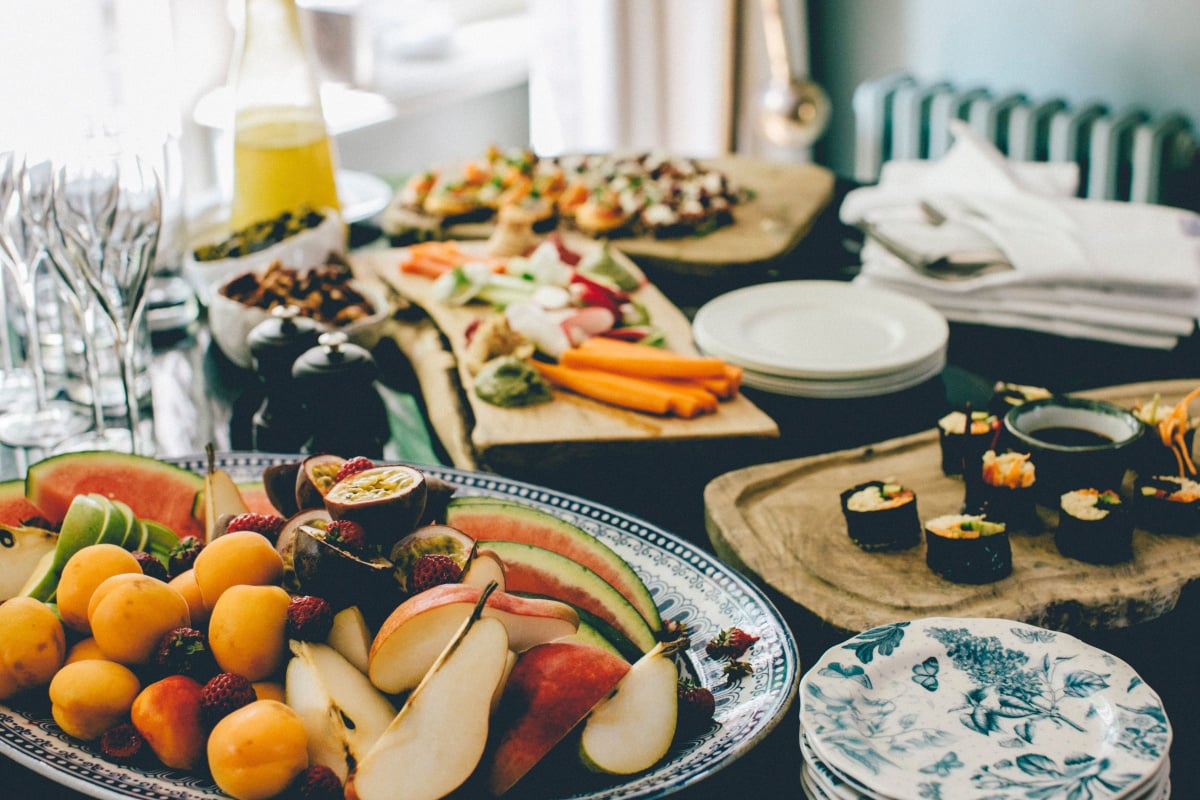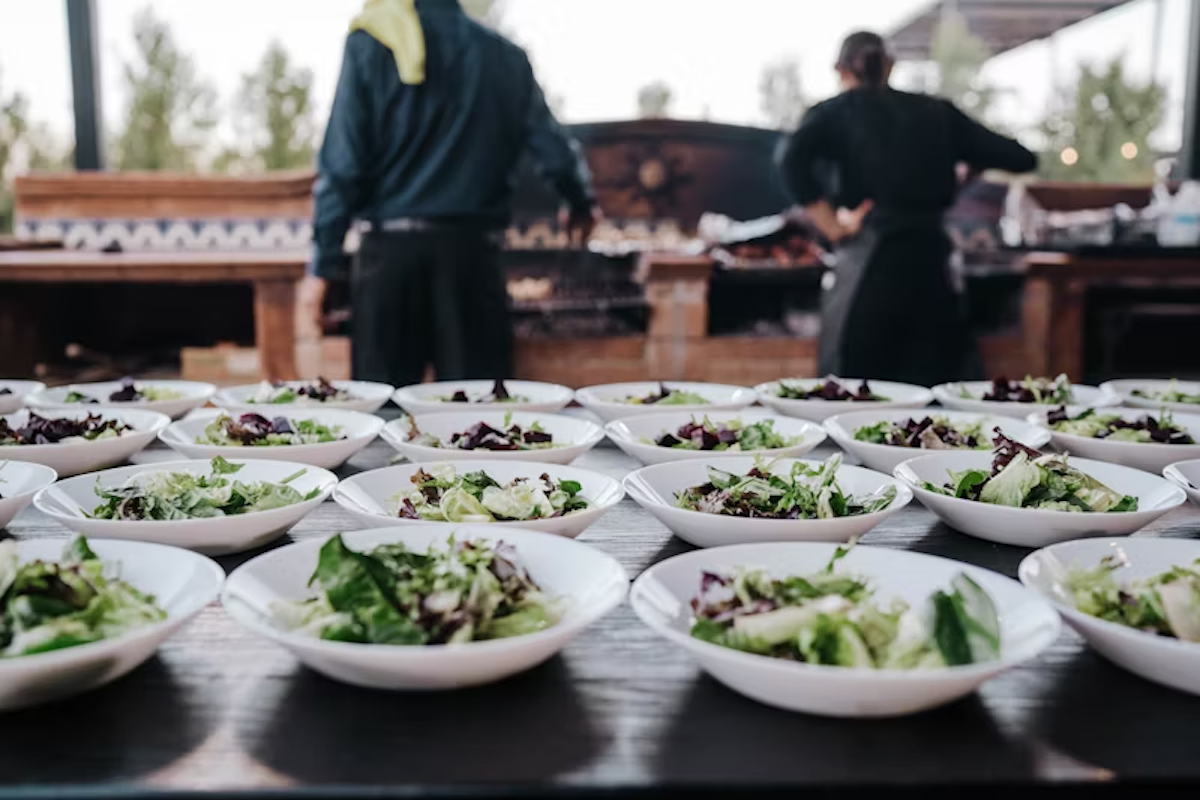14 min read
7 Tips for Achieving the Optimal Catering Food Cost
Whether you specialize in weddings, food trucks, or traditional catering, managing your catering food costs is crucial for keeping your business...
Platform
What is Paytronix Guest Engagement Suite?
Combining online ordering, loyalty, omnichannel messaging, AI insights, and payments in one suite. Paytronix delivers relevant, personal experiences, at scale, that help improve your entire digital marketing funnel by creating amazing frictionless experiences.
A Complete Guest Engagement Suite
Online Ordering
Acquire new customers and capture valuable data with industry leading customization features.
Loyalty
Encourage more visits and higher spend with personalized promotions based on individual activity and preferences.
Catering
Grow your revenue, streamline operations, and expand your audience with a suite of catering tools.
CRM
Build great customer relationships with relevant personal omnichannel campaigns delivered at scale.
Artificial Intelligence
Leverage the most data from the most customer transactions to power 1:1 marketing campaigns and drive revenue.
Payments
Drive brand engagement by providing fast, frictionless guest payments.
Solutions
Paytronix Guest Engagement Solutions
We use data, customer experience expertise, and technology to solve everyday restaurant and convenience store challenges.
FlightPaths are structured Paytronix software onboarding journeys designed to simplify implementation and deliver maximum ROI.
Customer Success Plans (CSPs) are tiered service offerings designed to help you get the most from your Paytronix software, whether you prefer self-guided support or hands-on partnership.
Contactless Experiences
Accommodate your guests' changing preferences by providing safe, efficient service whether dining-in or taking out.
Customer Insights
Collect guest data and analyze behaviors to develop powerful targeted campaigns that produce amazing results.
Marketing Automation
Create and test campaigns across channels and segments to drive loyalty, incremental visits, and additional revenue.
Mobile Experiences
Provide convenient access to your brand, menus and loyalty program to drive retention with a branded or custom app.
Subscriptions
Create a frictionless, fun way to reward your most loyal customers for frequent visits and purchases while normalizing revenues.
Employee Dining
Attract and retain your employees with dollar value or percentage-based incentives and tiered benefits.
Order Experience Builder
Create powerful interactive, and appealing online menus that attract and acquire new customers simply and easily.
Loyalty Programs
High-impact customizable programs that increase spend, visit, and engagement with your brand.
Online Ordering
Maximize first-party digital sales with an exceptional guest experience.
Integrations
Launch your programs with more than 450 existing integrations.
Loyalty Programs
Deliver the same care you do in person with all your digital engagements.
Online Ordering
Drive more first-party orders and make it easy for your crew.
Loyalty Programs
Digital transformations start here - get to know your guests.
Online Ordering
Add a whole new sales channel to grow your business - digital ordering is in your future.
Integrations
We work with your environment - check it out
Tobacco Reporting
Comply with AGDC 2026 DTP Requirements
Company
We are here to help clients build their businesses by delivering amazing experiences for their guests.
Meet The Team
Our exceptional customer engagement innovations are delivered by a team of extraordinary people.
News/Press
A collection of press and media about our innovations, customers, and people.
Events
A schedule of upcoming tradeshows, conferences, and events that we will participate in.
Careers
Support
Paytronix Login
Order & Delivery Login
Resources
Paytronix Resources
Learn how to create great customer experiences with our free eBooks, webinars, articles, case studies, and customer interviews.
FlexPoint Service Catalog
Access FlexPoints are a cost-effective, flexible way to access our value-added services, to ensure you get greater impact from your Access software solution.
See Our Product In Action
E-Books
Learn more about topics important to the restaurant and c-store customer experience.
Reports
See how your brand stacks up against industry benchmarks, analysis, and research.
Blog
Catch up with our team of in-house experts for quick articles to help your business.
Case Studies
Learn how brands have used the Paytronix platform to increase revenue and engage with guests.
Unlock loyalty strategies that 3 out of 4 restaurants use to boost engagement by 40% without adding staff.
9 min read
Jan 24, 2025

Planning an event involves many moving parts, and one of the most crucial elements is the catering menu. As a caterer, offering multiple catering services that suit different event types—intimate gatherings, grand formal occasions, or large-scale corporate functions— elevate your guests’ experiences, leaving a lasting impression.
From delicious catering menu ideas to innovative setups like food truck catering and buffet-style service, having a well-thought-out event menu can make all the difference. Here, we’ve put together an extensive list of 84 catering menu ideas for casual, formal, and corporate events.
When you design your catering menu, start with your ideal client in mind. Understanding their event type, guest demographics, and event goals is crucial to curating a menu that’s well-suited to their occasion. Each event—whether it’s a formal wedding, a casual birthday party, or a corporate seminar—comes with unique expectations and requirements.
Guest demographics also play a significant role in menu planning. Factors such as age group, cultural preferences, dietary restrictions, and food trends should all be taken into account.
A younger, health-conscious crowd may appreciate vegan options and fresh, organic ingredients, while a more traditional group may prefer classic dishes. Recognizing these preferences helps you craft a menu that resonates well with attendees.
Finally, aligning the menu with the event goals creates a seamless experience. For a networking event, go for bite-sized appetizers and finger foods that encourage mingling. For events with a structured program, such as corporate training sessions, go with meal options that are easy to eat without causing distractions, such as boxed meals.
Casual catering events—such as family gatherings, birthday parties, and informal corporate retreats—call for relaxed, crowd-pleasing dishes that are easy to serve and enjoy. Here are 24 casual catering food ideas for your inspiration:
Appetizers:
Main Courses:
For formal occasions such as weddings, galas, and award ceremonies, the catering menu should reflect sophistication and elegance. Here are 24 formal menu ideas to consider:
Appetizers:Corporate events such as seminars, networking sessions, and holiday parties require versatile and practical catering solutions. Here are 24 options for corporate events catering menus:
Breakfast Catering Ideas:
Designing a seasonal menu is all about aligning your offerings with the natural rhythm of the seasons, using fresh, local ingredients that reflect the time of year. By doing this, you’re creating a dining experience that is timely, relevant, and fresh. Here are 12 seasonal and innovative catering ideas to choose from:
Spring:
Summer:
Fall:
Creating inclusive menus that cater to guests with specific dietary restrictions ensures everyone can enjoy the event without concern. To do this, always offer options for common dietary restrictions, such as gluten-free, vegan, and nut-free choices. Here are three tips to keep in mind:
It’s also important to clearly label each dish, so guests with dietary restrictions can easily identify what’s safe for them to eat. Labels should include information about common allergens, such as gluten, dairy, nuts, soy, and shellfish, as well as whether a dish is vegan, vegetarian, or suitable for other specific needs. This allows guests to feel more confident in their food choices and minimizes the risk of accidental exposure to allergens.
These interactive options not only provide a customizable experience but also serve as fun activities for guests to enjoy. The goal is to create such a great experience that your clients will be eager to call you for their next catering event.
There are many tools you can use to manage your processes effectively, from menu creation to client interactions. Here are three essential tools for caterers like yourself:
A catering menu should include a variety of appetizers, main courses, sides, and desserts. Appetizers like finger foods or cheese boards, main dishes such as sandwiches or pasta, and sides like salads or roasted vegetables are great options.
For dessert, consider cupcakes, cookies, or fruit platters. Include options for dietary restrictions like gluten-free, vegan, and nut-free so that you can accommodate the needs of different guests as relevant.
The cheapest foods to cater are simple, flavorful dishes that can be served in large quantities. Here are some inexpensive catering menu ideas:
Popular catering foods vary based on the type of event but generally include crowd-pleasing dishes that are easy to serve and widely enjoyed. These include:
To cater to 100 people on a budget, focus on affordable yet filling dishes that can be easily scaled up. Buffet-style meals work well, with dishes like pasta, rice, or casseroles that can feed large groups without breaking the bank. Sandwiches, wraps, or salads are cost-effective options that can be customized to suit different tastes.
Instead of individual servings, consider family-style meals or large platters for easy sharing. Additionally, choose less expensive protein options like chicken or pork over beef or seafood. Lastly, simple desserts such as cookies or fruit platters can keep costs low while satisfying guests.
To stay competitive in the catering industry, it's essential to keep evolving your menu based on current trends and customer feedback. After all, food is one of the most important components of any catering business—if you don't get the food right, you risk losing clients and leaving money on the table.
Want to optimize your catering business and get more catering customers? Book a demo now to learn about Paytronix catering.

14 min read
Whether you specialize in weddings, food trucks, or traditional catering, managing your catering food costs is crucial for keeping your business...

14 min read
Are you a catering genius or someone who is just now dipping your toes in the event catering world? We’ve got tips to help bring your A-game to the...

10 min read
Corporate clients are the backbone of many successful catering businesses. These clients provide steady, high-value orders and often lead to repeat...